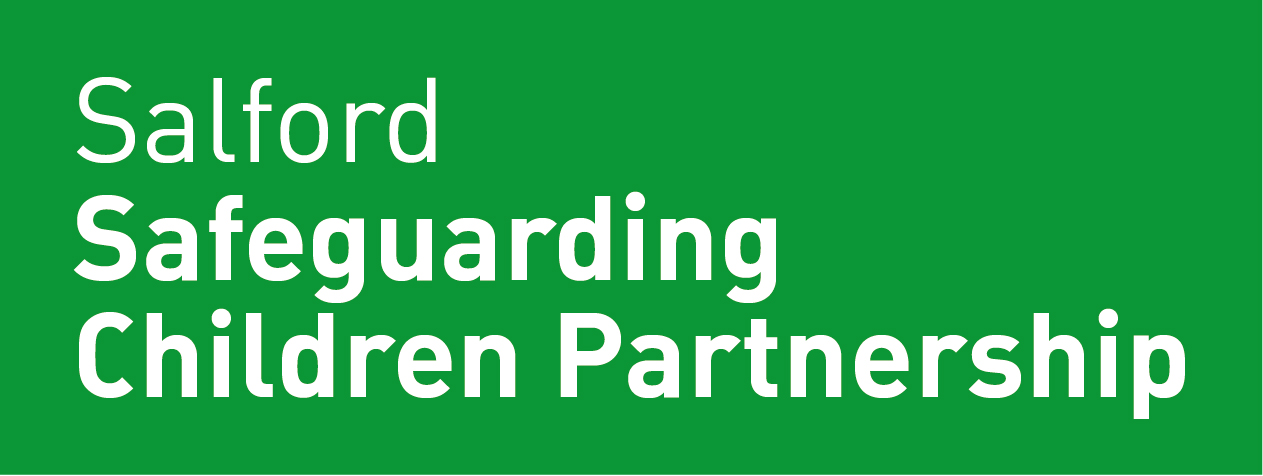Child Sexual Abuse (CSA)
Child Sexual Abuse (CSA), as defined in Working Together 2018
‘Involves forcing or enticing a child or young person to take part in sexual activities, not necessarily involving a high level of violence, whether or not the child is aware of what is happening.
The activities may involve physical contact, including assault by penetration (for example, rape or oral sex) or non-penetrative acts such as masturbation, kissing, rubbing and touching outside of clothing. They may also include non-contact activities, such as involving children in looking at, or in the production of, sexual images, watching sexual activities, encouraging children to behave in sexually inappropriate ways, or grooming a child in preparation for abuse.
Sexual abuse can take place online, and technology can be used to facilitate offline abuse. Sexual abuse is not solely perpetrated by adult males. Women can also commit acts of sexual abuse, as can other children.’
Far more children are sexually abused than services identify. The Centre of Expertise on Child Sexual Abuse was established with a priority task to improve the evidence base on the scale and nature of CSA and use that evidence based to inform policy and practice. Their webpages include trends and analysis of the latest data on CSA.
Child Sexual Exploitation
Child Sexual Exploitation (CSE) is a form of Child Sexual Abuse, where an individual or group takes advantage of an imbalance of power to coerce, manipulate or deceive a child or young person under the age of 18 into sexual activity (a) in exchange for something the victim needs or wants, and/or (b) for the financial advantage or increased status of the perpetrator or facilitator.
Next page:
Latest news
Details of all the latest news from the Salford Safeguarding Children Partnership.
